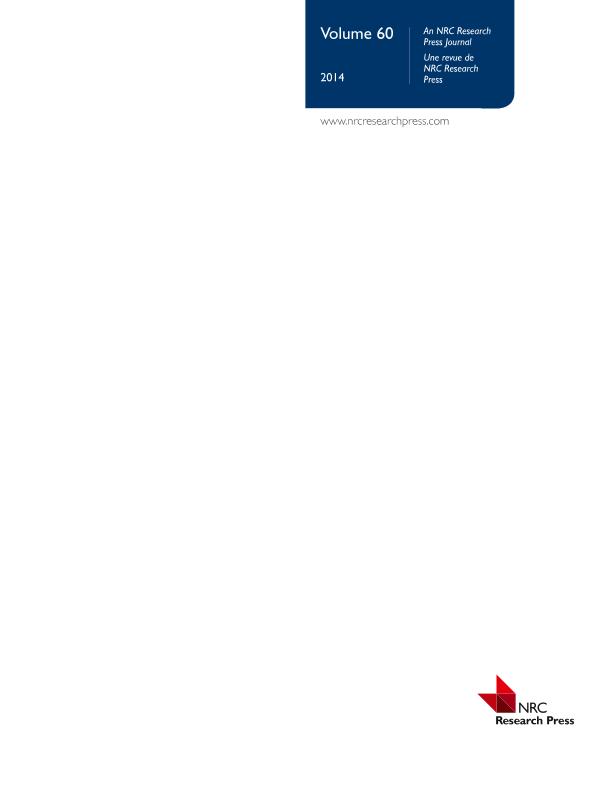Artículo
Significant progress in developing Leptolegnia chapmanii as a biological control agent against mosquitoes will be accelerated by improved and simpler methods to detect and to isolate this virulent and rapidly lethal watermold from fieldcollected mosquito larvae. To date, however, this oomycete has remained understudied and little used. This study presents a simplified method to detect Leptolegnia in infected Aedes aegypti larvae. The development of L. chapmanii inside mosquitoes is easily monitored when pathogen-treated larvae are quasi-immobilized for an initial 48 h in the water film on plates of water agar amended with antibiotic (chloramphenicol, 0.5–1 g/L) and fungicide (thiabendazole, 4–8 g/L) and then transferred to a larger volume of water for an additional 48 h. Surprisingly, chloramphenicol stimulated oosporogenesis by L. chapmanii. The method permits processing of large numbers of A. aegypti and other culicid larvae and is useful for both obtaining new strains and also monitoring the efficacy of L. chapmanii during field tests. Des méthodes de détection et d’isolation de Leptolegnia chapmanii améliorées et simplifiées, a` partir de larves de moustiques prélevées sur le terrain, pourraient fortement accélérer l’élaboration d’agents de lutte biologique s’attaquant aux moustiques et s’appuyant sur ce oomycète virulent et rapidement mortel. Or, a` ce jour, cet oomycète demeure mal étudié et sous utilisé. La présente étude illustre une méthode simplifiée permettant la détection de Leptolegnia dans des larves de Aedes aegypti. Le développement de L. chapmanii a` l’intérieur des moustiques peut être facilement observé en continu lorsque les larves traitées avec le pathogène sont presque immobilisées pendant une durée initiale de 48 h dans la pellicule d’eau de géloses d’agar aqueux auxquelles on a ajouté un antibiotique (chloramphénicol a` 0,5–1 g/L) et un fongicide (thiabendazole a` 4–8 g/L), pour ensuite être transférées dans un plus grand volume d’eau pour un autre 48 h. Fait surprenant, le chloramphénicol stimule l’oosporogénèse chez L. chapmanii. La méthode permet d’examiner un grand nombre de A. aegypti et d’autre larves de culicidés et facilite l’identification de nouvelles souches et la surveillance de l’efficacité de L. chapmanii lors d’essais sur le terrain.
A simple method for the detection of Leptolegnia chapmanii from infected Aedes Aegypti larvae
Leles, Renan N.; Lopez Lastra, Claudia Cristina ; García, Juan J.; Fernandes, Everton K. K.; Luz, Christian
; García, Juan J.; Fernandes, Everton K. K.; Luz, Christian
 ; García, Juan J.; Fernandes, Everton K. K.; Luz, Christian
; García, Juan J.; Fernandes, Everton K. K.; Luz, Christian
Fecha de publicación:
06/2013
Editorial:
Natl Research Council Canada-n R C Research Press
Revista:
Canadian Journal Of Microbiology
ISSN:
0008-4166
e-ISSN:
1480-3275
Idioma:
Inglés
Tipo de recurso:
Artículo publicado
Clasificación temática:
Resumen
Palabras clave:
Watermolds
,
Mosquitoes
,
Stramenipila
,
Leptolegnia
,
Saprolegniales
Archivos asociados
Licencia
Identificadores
Colecciones
Articulos(CEPAVE)
Articulos de CENTRO DE EST.PARASITOL.Y DE VECTORES (I)
Articulos de CENTRO DE EST.PARASITOL.Y DE VECTORES (I)
Citación
Leles, Renan N.; Lopez Lastra, Claudia Cristina; García, Juan J.; Fernandes, Everton K. K.; Luz, Christian; A simple method for the detection of Leptolegnia chapmanii from infected Aedes Aegypti larvae; Natl Research Council Canada-n R C Research Press; Canadian Journal Of Microbiology; 59; 6; 6-2013; 425-429
Compartir
Altmétricas



